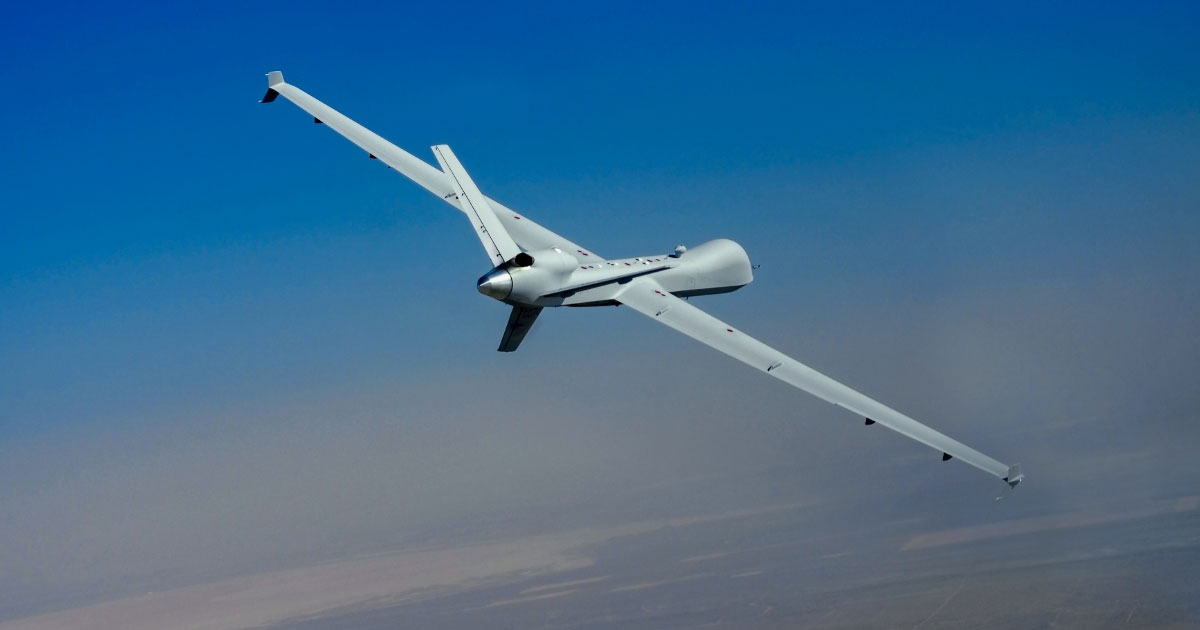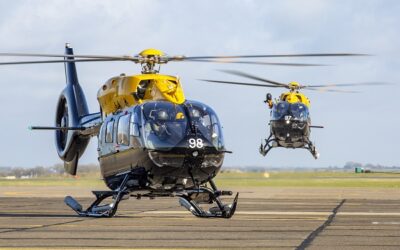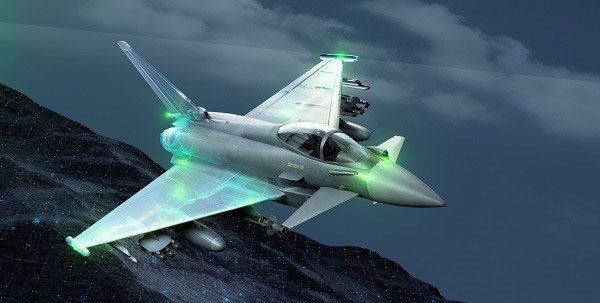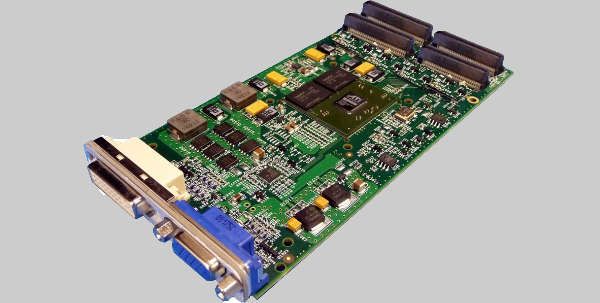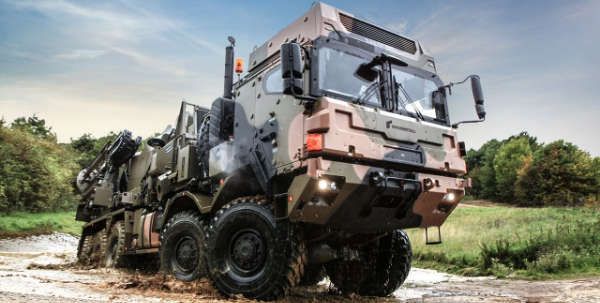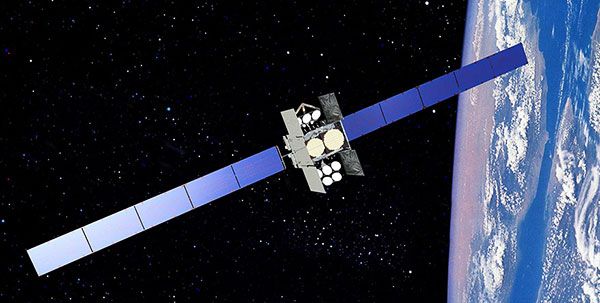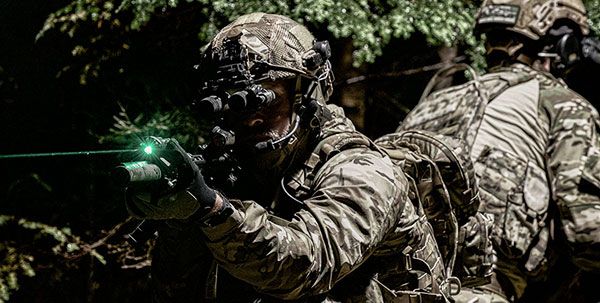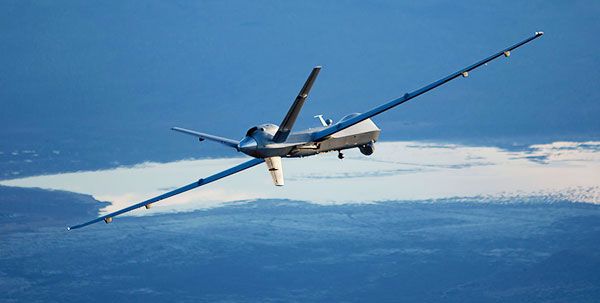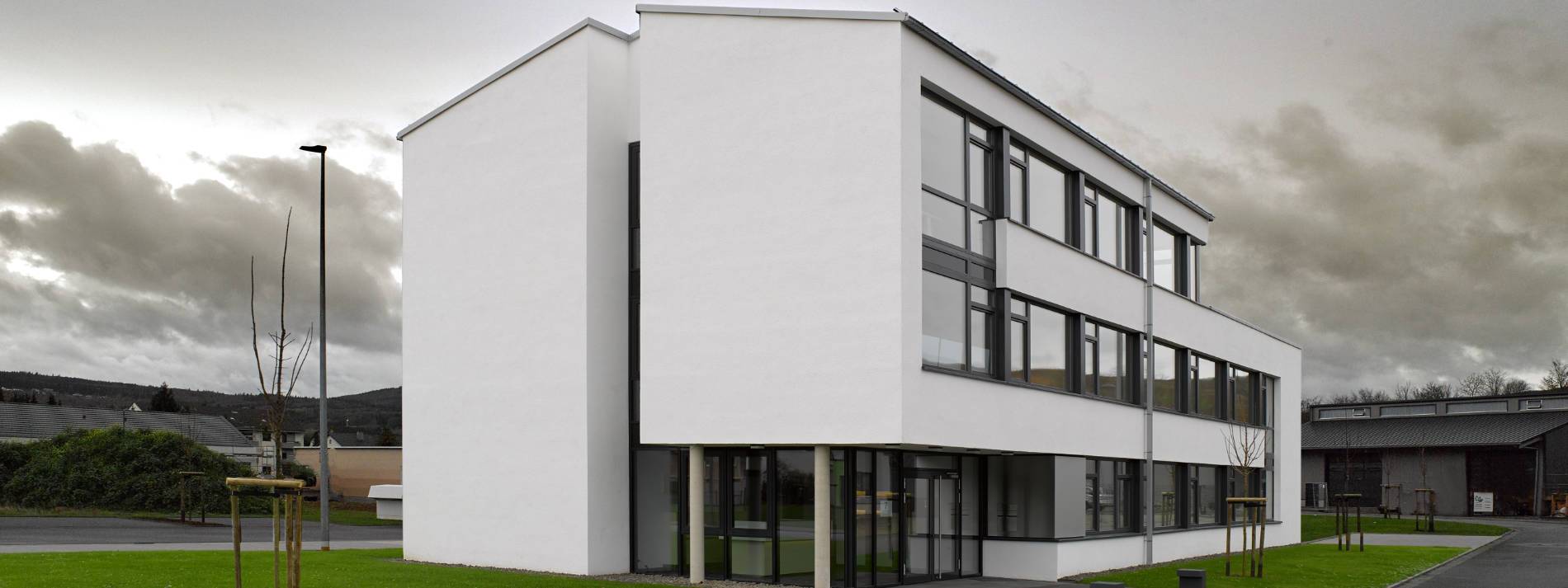Extended Use Beyond Point-to-Point Communications
General Atomics Aeronautical Systems (GA-ASI) has completed a fully-networked demonstration using multiple laser communication terminals, including ground, mobile and airborne terminals. A live video and audio feed of operators at each terminal was shared in the networked communication display.
Lasercomm is in demand for military applications because of its inherent low-probability-of -intercept/detection (LPI/LPD) and anti-jam characteristics, as well as its ability to support much higher data rates (greater than 1Gbps) than traditional RF systems. “This fully networked lasercomm demonstration is a major milestone for GA-ASI and a significant achievement for the lasercomm community, as it featured the extended use of this technology beyond point-to-point communications,” explained GA-ASI Vice President of Mission Payloads and Exploitation, Satish Krishnan. “The successful execution of this demonstration shows how lasercomm can be utilized in an operational theater to truly provide LPI/LPD high-capacity comms for the warfighter”.
The demonstration took place at Naval Information Warfare Center (NIWC) Atlantic in Charleston, SC, on 3 November, as part of a GA-ASI-funded test to highlight extended multi-point networking communications using lasercomm. During the demonstration, the team maintained lasercomm links at 1Gbps and exchanged high quality video and voice data.
GA-ASI has developed a family of optical communication capabilities and is poised to play an important role in transitioning these capabilities to users in a variety of domains, from air to sea. Laser communications will enable GA-ASI’s UAS to perform secure multi-domain communications to airborne, maritime, and ground users, as well as with future satellites. This capability can be applied as a podded or fully integrated solution to GA-ASI’s full line of unmanned aircraft, including MQ-9B SkyGuardian/SeaGuardian, MQ-9A Reaper and MQ-1C Gray Eagle 25M.

